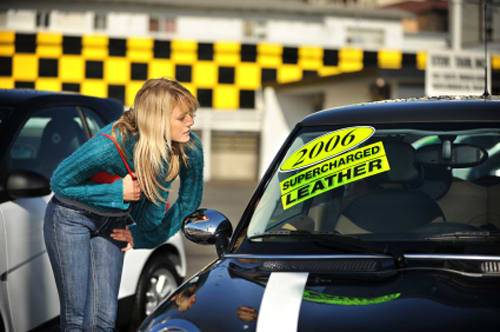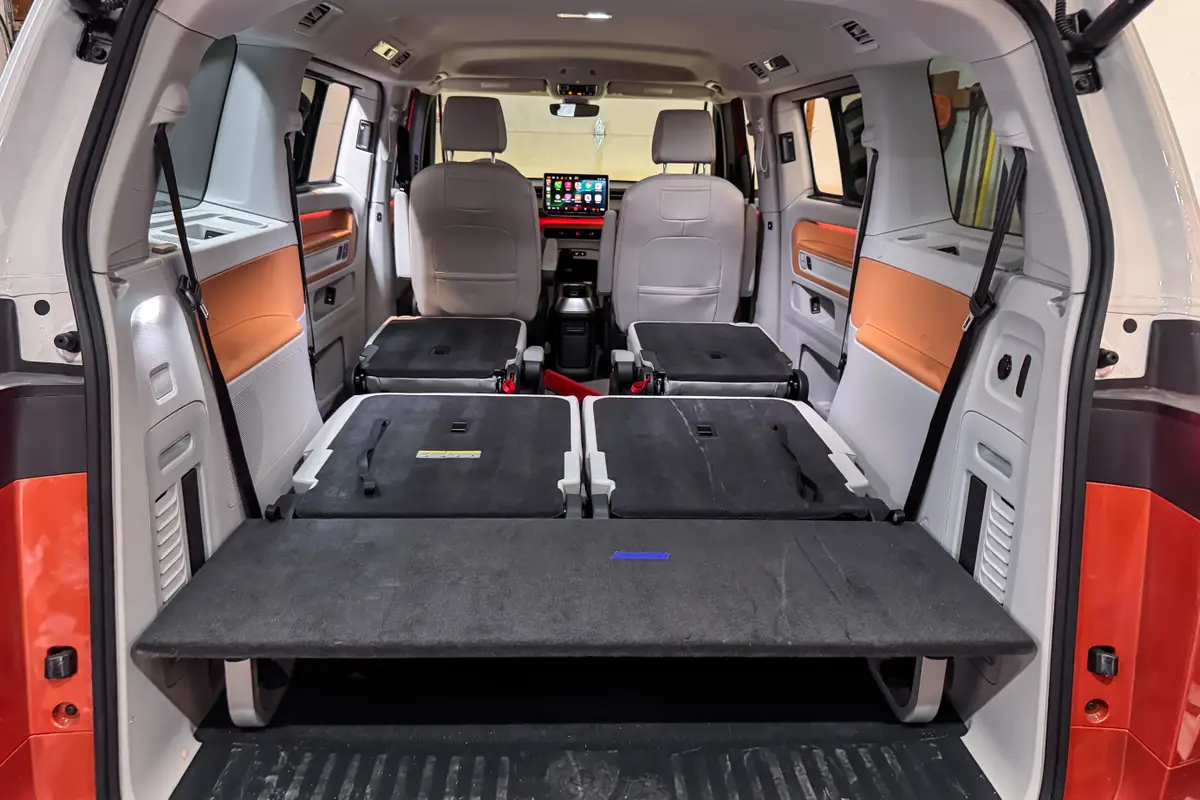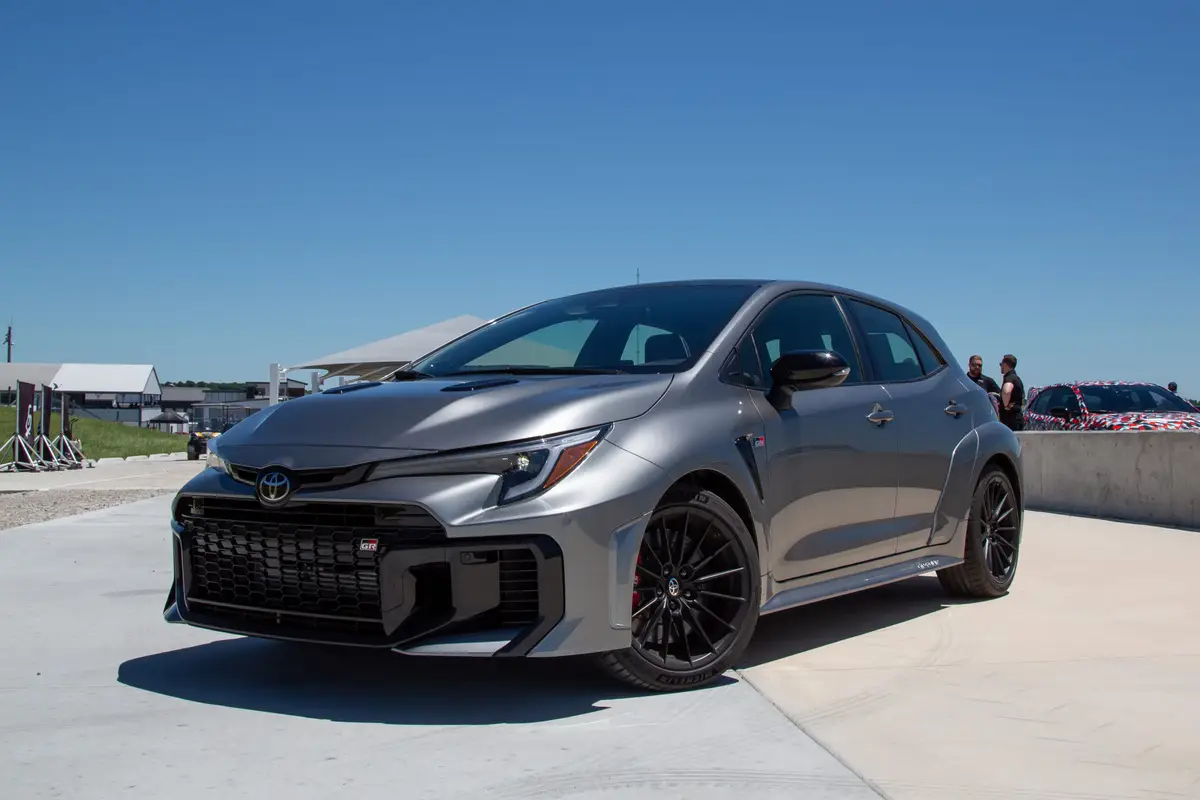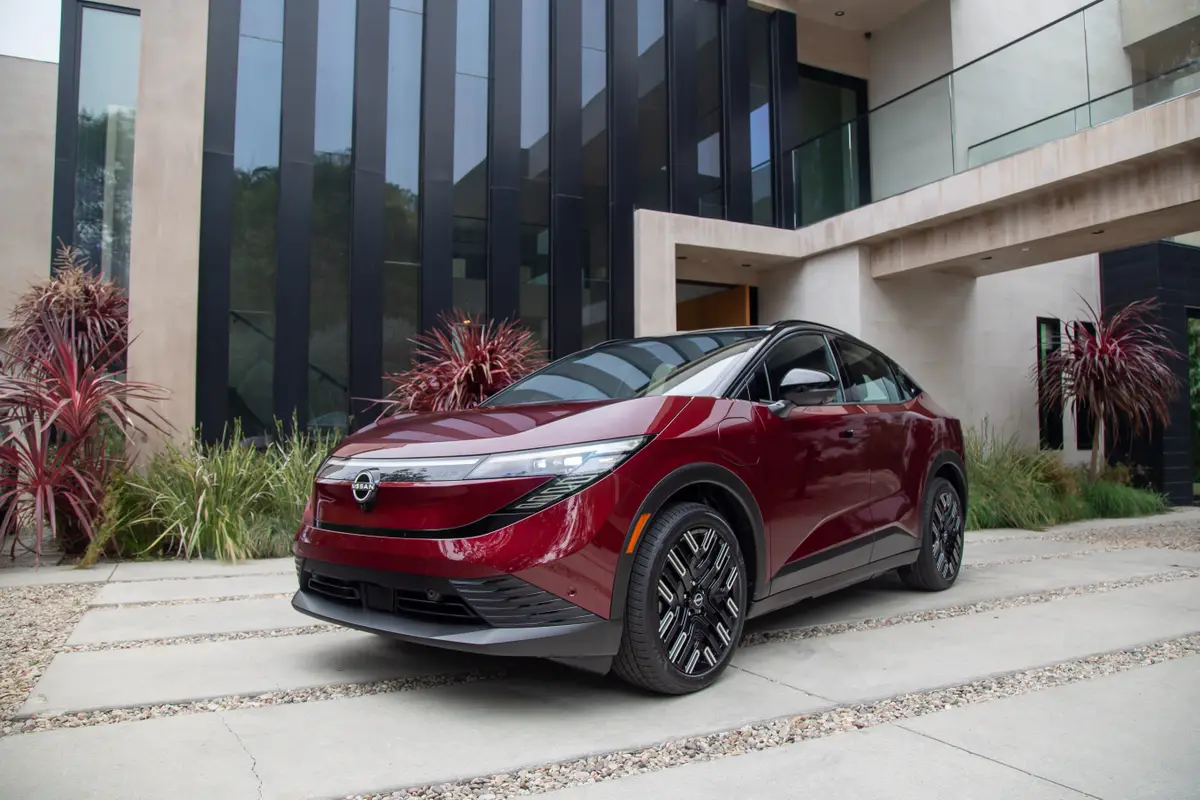New-Car Shoppers Are Going Easy on Options


The firm’s metrics assign the average purchase price for a given model as a percentage between the base price and a fully loaded version. For example, a base Toyota Camry L four- cylinder starts below $23,500, while a loaded Camry XLE V-6 tops out north of $33,000. If the Camry’s average purchase price in 2013 was $28,250, it would rank around the 50th percentile — about halfway between a base model and one that’s optioned to the hilt.
CNW has studied this since 1985. At the outset, the overall industry average was just less than 40%, which is to say shoppers bought their cars without too many bells and whistles. Shoppers bought more and more options from the early 1990s through 2006, when the industry average hit about 80% — a well-optioned car on average, meaning a significant chunk of consumers bought their cars with every factory option. The recession knocked that mix closer to 60%, but from 2009 to 2012 it returned to around 70%.
But the mix dropped in 2013. Small-car shoppers, in particular, bought their cars at the 57th price percentile through the first half of 2013. That’s down from the 61st percentile in 2012, though CNW notes it’s still higher than during the depths of the recession (53rd percentile, 2009). Why the brief rise? CNW says gas prices played a big part.
“One of the key ingredients in the small-car percentile increases can be traced to fuel prices,” the firm says in its report. “As more consumers looked for gasoline efficiency and higher mpg ratings, they were unwilling to give up on the ‘luxury’ or features found in their previous vehicles.”
Still, in the mid-2000s, small-car shoppers bought their cars relatively loaded, hitting nearly 90% on CNW’s metrics. What happened there?
For one, small cars got better equipped. You didn’t have to move up a trim level to get basic conveniences. Consider this: In 2005, the base Honda Civic, Nissan Sentra and Ford Focus had crank windows, manual door locks and no air conditioning — basic (and missing) conveniences even then. Today, all three cars have those features standard.
That could be driving the options mix down; so could the top-end pricing. Check all the boxes, and all three compacts today offer heated leather seats (just one of them did in 2005), automatic climate control (zero had that), navigation systems (zero) and steering- wheel audio controls (one), to name a few features.
With more options comes a higher price ceiling, which can make the average purchase price seem lower on CNW’s scale — unless, of course, relatively more compact-car shoppers opt for leather seats and the latest infotainment systems. Which, by the looks of it, they aren’t.
Related
June’s Fastest- and Slowest-Selling Cars
Top 10 Best-Selling Cars: June 2013
More Automotive News

Former Assistant Managing Editor-News Kelsey Mays likes quality, reliability, safety and practicality. But he also likes a fair price.
Featured stories




